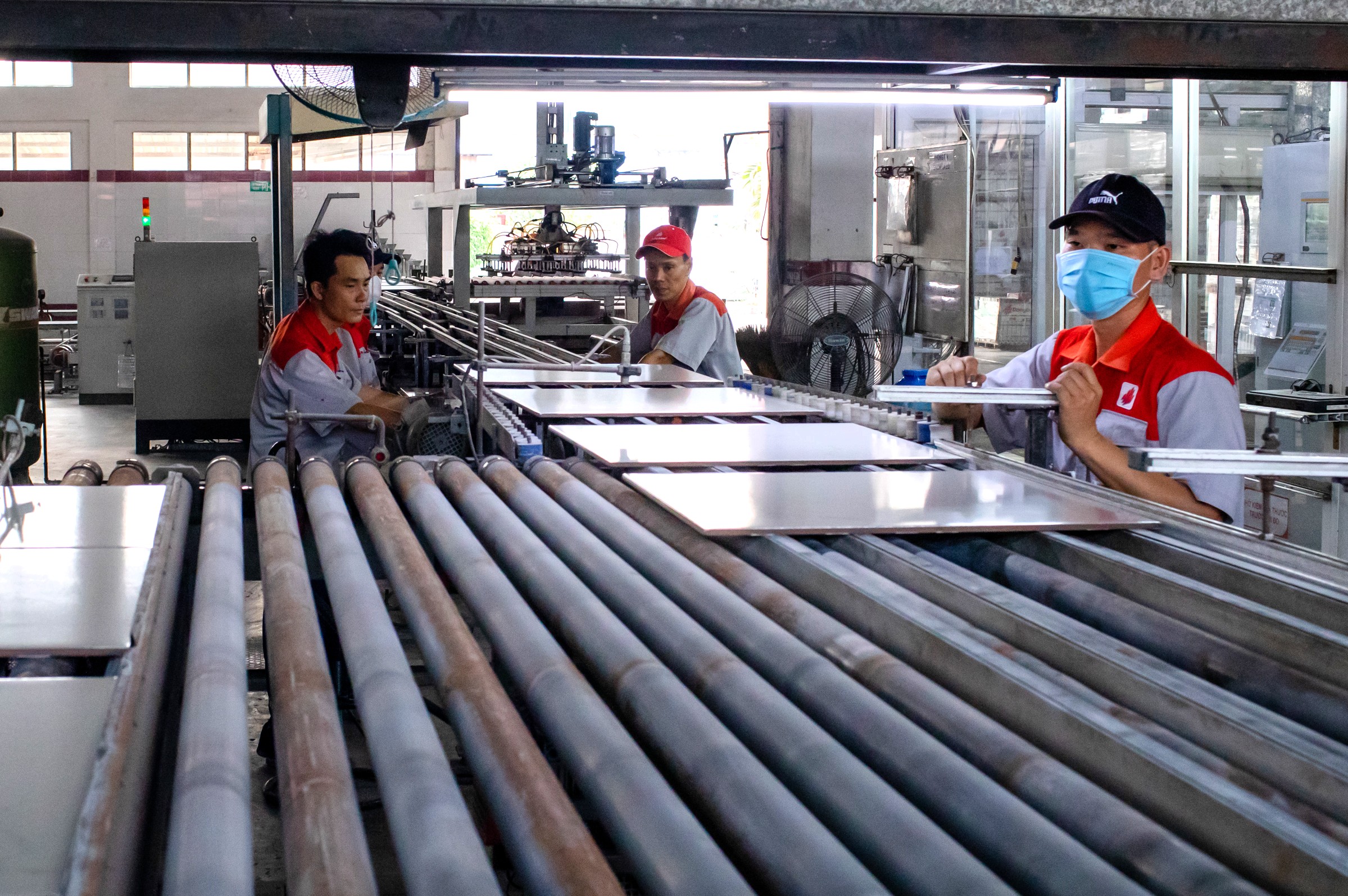The 2024 PCI report, based on feedback from nearly 11,000 domestic private and foreign-invested enterprises, was released before the merger. Long An consistently ranked among the top performers for years, while Tay Ninh also held a position in the upper half of the provincial competitiveness rankings. This demonstrates the high regard businesses have for the quality of economic governance and the business environment in these areas.
In 2024, the Vietnam Chamber of Commerce and Industry (VCCI) recognized Long An as the most improved province over the 20-year period from 2005 to 2024, based on PCI scores. It was also among the top 10 provinces and cities with excellent economic governance. The province's strengths lie in areas such as legal institutions and security, time costs, informal charges, equal competition, and business support policies.
Tay Ninh also saw improvements in several PCI 2024 sub-indices, including market entry, transparency, informal charges, equal competition, and business support policies, compared to 2023.
 |
Dong Tam's brick factory in the former Long An province. Photo: *Thanh Nguyen* |
Following the merger, the new Tay Ninh province is now among the top 10 in Vietnam in terms of economic scale. Combined with its existing strengths reflected in the PCI, the province aims to leverage this position to facilitate business development and attract investment.
Provincial representatives announced plans to launch programs and policies supporting businesses in science and technology development, innovation, digital transformation, and green transition. They encourage online administrative transactions between businesses and government agencies to reduce time and costs. The province also plans to hold regular dialogues with the business community to gather feedback and address concerns.
Strategically located to the west and south of Ho Chi Minh City, serving as a gateway connecting the southeastern and southwestern regions, Tay Ninh will continue to prioritize investment, infrastructure development, and foreign direct investment (FDI) attraction to drive economic growth.
In this new phase, representatives from the provincial Department of Industry and Trade said they will prioritize innovation and digital transformation in investment promotion, collaborating with central agencies and international organizations to boost FDI. The province will also continue to target potential markets like South Korea, Japan, Australia, and China to diversify investment sources and attract high-value, sustainable projects. The focus will be on projects related to high technology, energy, semiconductors, and logistics. Tay Ninh will also proactively select and invite major brands and investors with strong financial capabilities to invest in the province, aiming to establish and stabilize production chains.
According to the provincial Economic Zone Management Authority, Tay Ninh currently has 46 industrial parks (IPs) with a total planned area of over 14,500 hectares. Of these, 32 are ready to receive investment. The occupancy rate is nearly 70%, with around 1,000 hectares of available land. The IPs across the province have attracted over 2,400 projects, including 1,400 FDI projects with a total registered capital of 17.3 billion USD, creating jobs for about 350,000 workers.
According to the provincial planning until 2030, with a vision to 2050, Tay Ninh will have 59 industrial parks, 82 industrial clusters, four international border gates (Xa Mat, Moc Bai, Tan Nam, Binh Hiep), three border gate economic zones (Long An, Moc Bai, Xa Mat), and one international port (Long An International Port).
In addition to preparing available land, providing support policies, and promoting investment, the province is also focusing on improving transportation infrastructure to serve businesses and residents. This year, the province expects to partially open the Ho Chi Minh City Ring Road 3, connecting with the Ben Luc - Long Thanh Expressway. Other routes, such as Provincial Road 823D and National Highway 50B, are currently under construction. The national-level Ring Road 4 project is in the site preparation phase.
Provincial leaders affirmed their commitment to serving businesses and investors, proactively supporting them in expanding production. In terms of administration, the local government will improve the PCI to create a fair, safe business environment, contributing to the goal of double-digit economic growth.
Hoai Phuong












